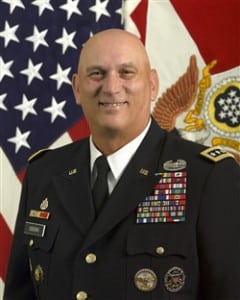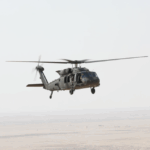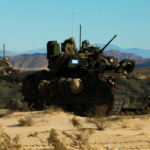
When Army Chief of Staff Gen. Raymond Odierno retires this fall, he leaves to his successor a legacy of uncertainty in end strength, modernization, funding and the service's role in an increasingly volatile world.Budget uncertainty, along with a continuous requirement to downsize, has cast a pall over Odierno’s entire tenure as Army chief of staff. When Gen. Mark Milley takes over for him later this year, if he is confirmed by the Senate, he will inherit budget battles that have…

 By
By 











